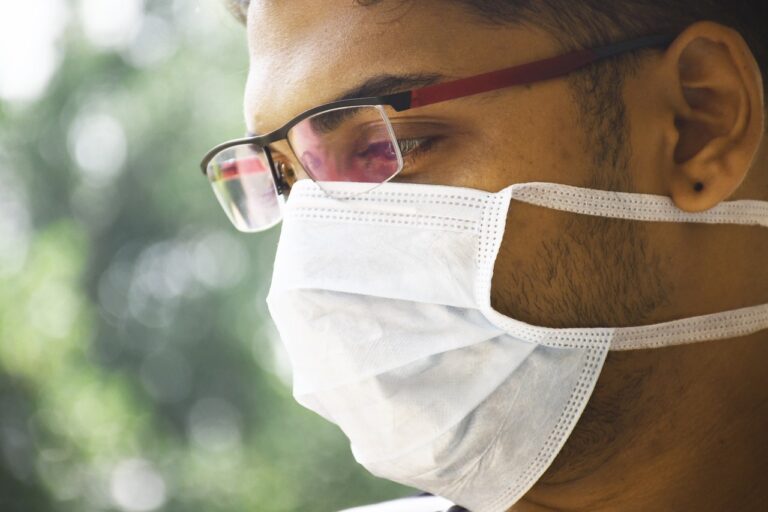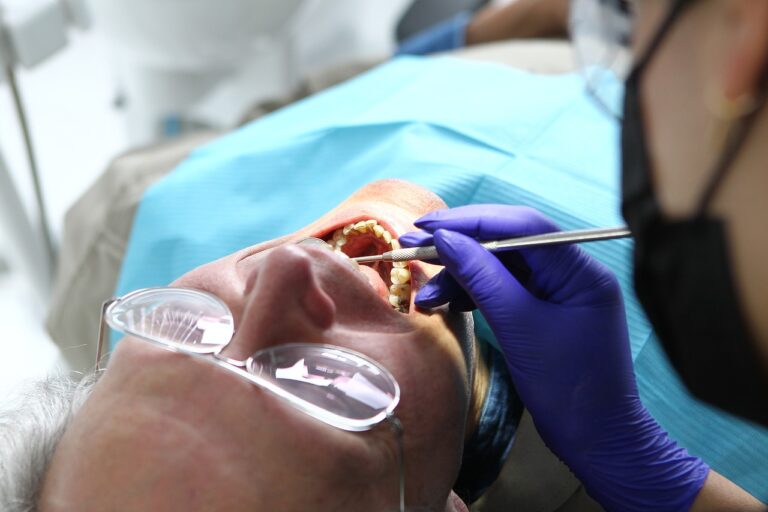The Importance of Health and Safety Regulations in Construction Work
Effective communication is a crucial factor in ensuring health and safety in construction work. It is essential for all team members to clearly understand instructions, procedures, and potential hazards. Miscommunication can lead to misunderstandings, mistakes, and ultimately, accidents on the construction site. Employers should prioritize regular safety meetings, toolbox talks, and clear signage to promote communication among all workers.
Proper training and supervision play a vital role in maintaining health and safety standards in construction work. Workers must receive adequate training on working with machinery, using personal protective equipment, and following safety protocols. Additionally, supervisors must consistently monitor work practices to ensure compliance with safety regulations and intervene if any unsafe behaviors are observed. Continuous training and supervision help in creating a safety-conscious work environment and preventing accidents in construction sites.
Common Hazards in Construction Sites
Construction sites are rife with potential hazards that can jeopardize the well-being of workers. One of the most common dangers is falls from heights, which can occur due to unprotected edges, unstable scaffolding, or inadequate fall protection systems. These falls can result in serious injuries or even fatalities, emphasizing the importance of proper safety measures and training on construction sites.
Another prevalent hazard in construction sites is exposure to hazardous substances, such as asbestos, silica dust, or lead. Workers may come into contact with these substances during tasks like demolitions, renovations, or drilling, putting them at risk of developing long-term health complications. Employers need to implement strict protocols for handling and disposing of hazardous materials to safeguard the health of their workers.
What are some key factors that influence health and safety in construction work?
Some key factors include proper training for workers, adherence to safety protocols, regular inspections of equipment and work sites, and effective communication among all parties involved in the project.
What are some common hazards in construction sites?
Some common hazards include falls from heights, being struck by objects, electrocution, getting caught in between objects, and exposure to hazardous materials.
How can construction workers protect themselves from these hazards?
Construction workers can protect themselves by wearing appropriate personal protective equipment, following safety guidelines and procedures, attending regular safety training sessions, and reporting any unsafe conditions to their supervisors.
What should be done in case of an emergency on a construction site?
In case of an emergency, construction workers should follow the emergency procedures outlined in their company’s safety plan, evacuate the area if necessary, and seek medical attention for any injuries.
How important is it for construction companies to prioritize health and safety?
It is crucial for construction companies to prioritize health and safety as it not only protects the well-being of their employees but also helps in preventing accidents, reducing downtime, and maintaining a positive reputation in the industry.





